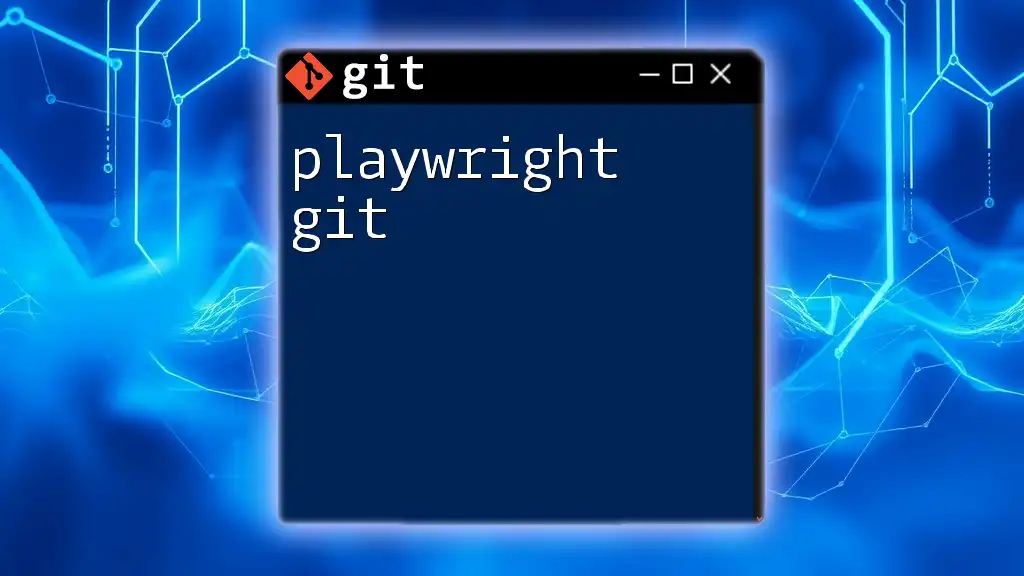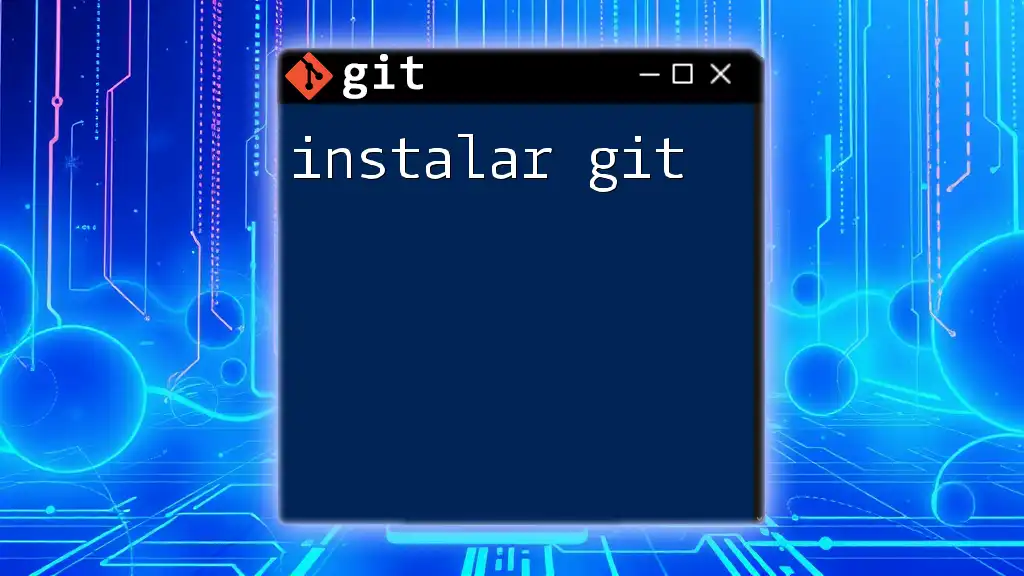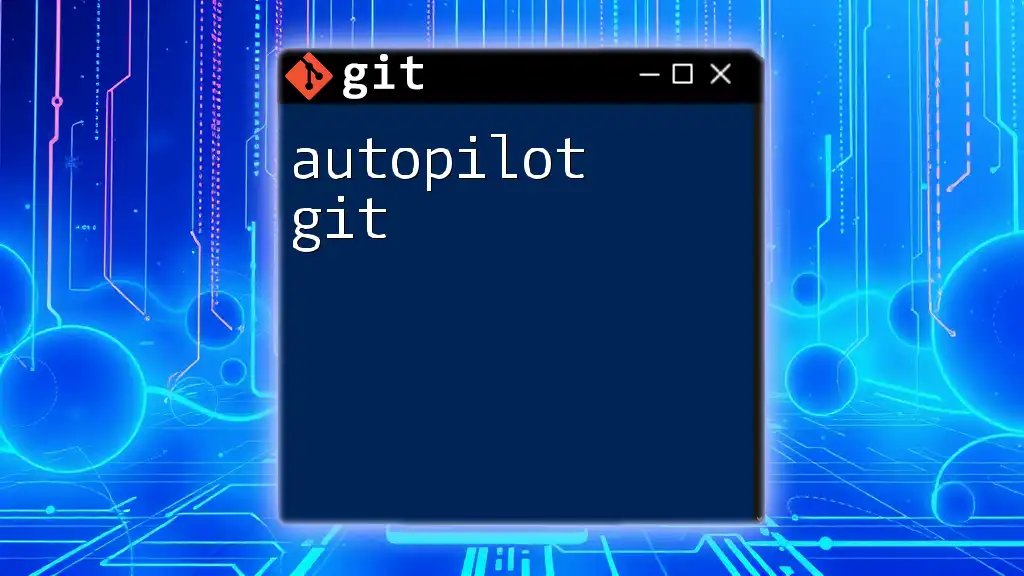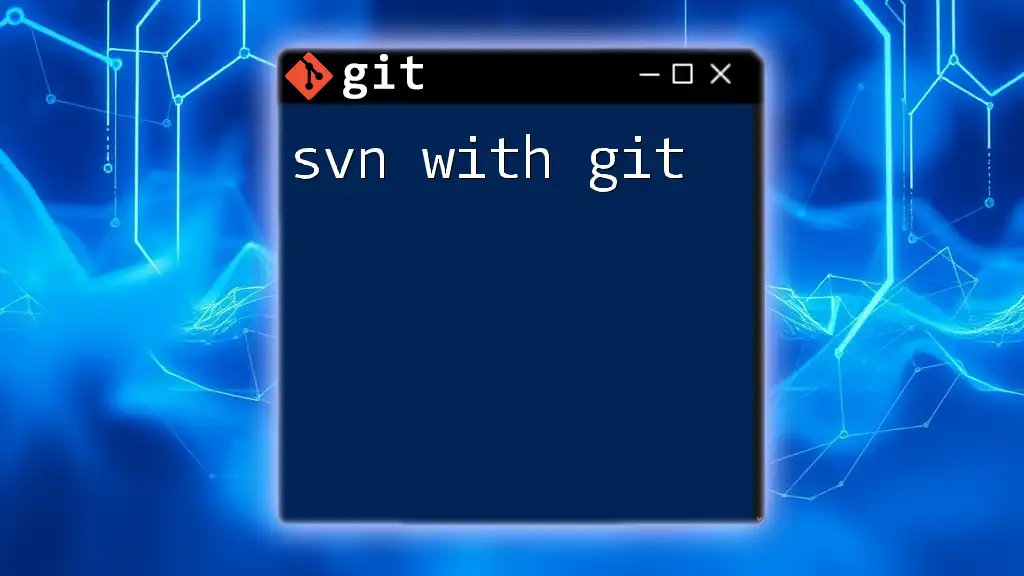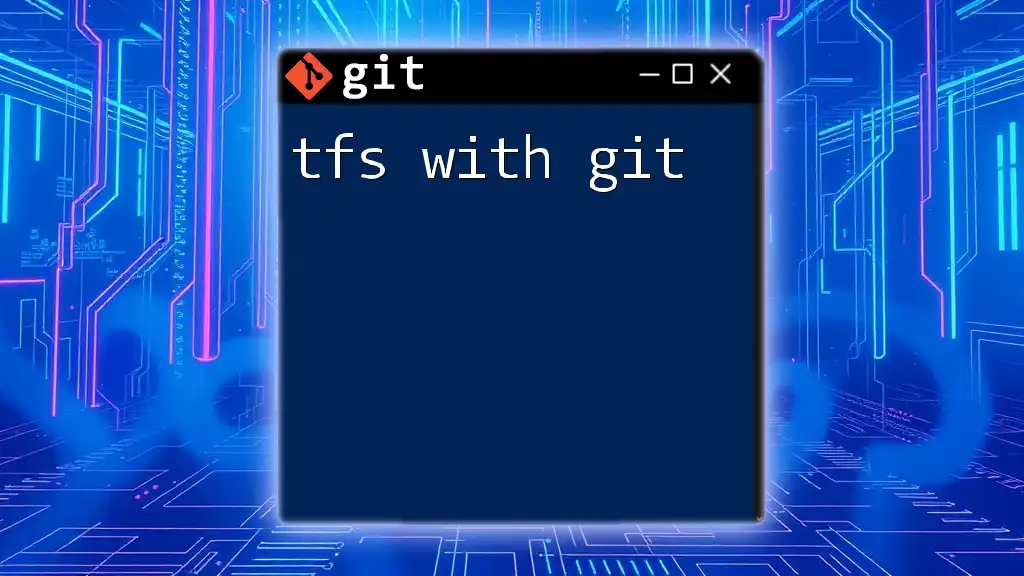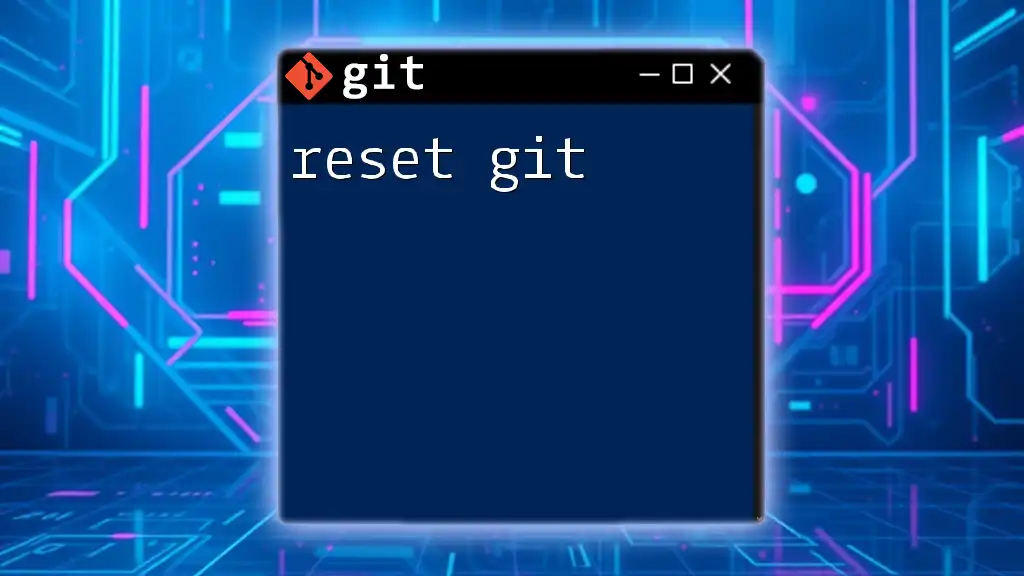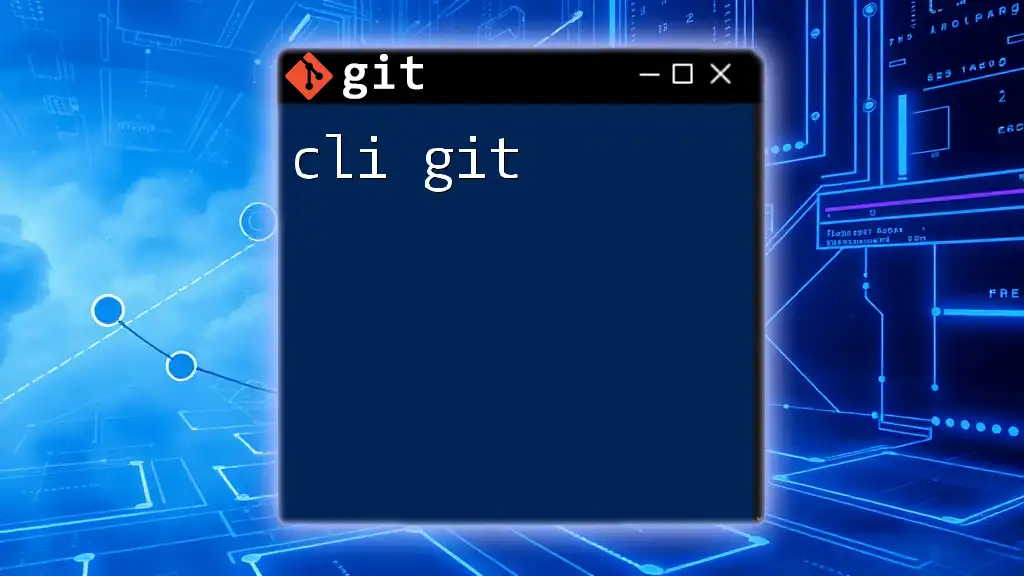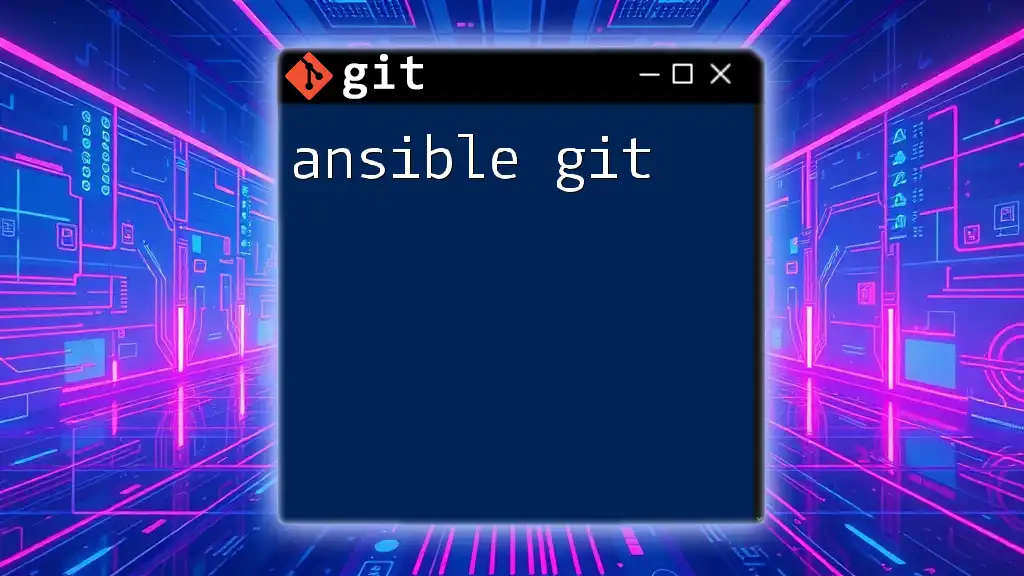"Playwright Git" refers to the practice of using Git for version control in Playwright projects to manage and collaborate on automated testing scripts efficiently.
Here's an example of how to initialize a new Git repository for your Playwright project:
git init my-playwright-project
cd my-playwright-project
git add .
git commit -m "Initial commit for Playwright testing setup"
Getting Started with Playwright and Git
Setting Up Your Environment
Prerequisites
To get started, you'll need to install some essential tools. Ensure you have Node.js and npm (Node Package Manager) installed on your machine, as these are crucial for managing your Playwright project. You can check if you have Node.js installed by running:
node -v
This command will return the version of Node.js installed on your system. If you need to install Node.js, you can download it from the official [Node.js website](https://nodejs.org/).
Initial Git Setup
After confirming your Node.js installation, the next step is to create a new directory for your Playwright project and initialize a Git repository. You can do this with the following commands:
mkdir my-playwright-project
cd my-playwright-project
git init
The `git init` command sets up a new Git repository in your project directory, allowing you to track changes to your files.
Installing Playwright
Command to Install Playwright
Once your Git repository is ready, it’s time to install Playwright. Use the following commands to set up your project and install Playwright:
npm init -y
npm install playwright
The `npm init -y` command creates a `package.json` file with default settings, which is essential for managing your project’s dependencies. The subsequent command installs Playwright and its associated dependencies.
Verifying Your Installation
To ensure that Playwright is correctly installed, you can run a simple Playwright script. Create a file named `example.js` with the following content:
const { chromium } = require('playwright');
(async () => {
const browser = await chromium.launch();
const context = await browser.newContext();
const page = await context.newPage();
await page.goto('https://example.com');
console.log(await page.title());
await browser.close();
})();
Run this script using Node.js:
node example.js
If everything is set up correctly, this will print the title of the webpage, confirming that Playwright works as expected.
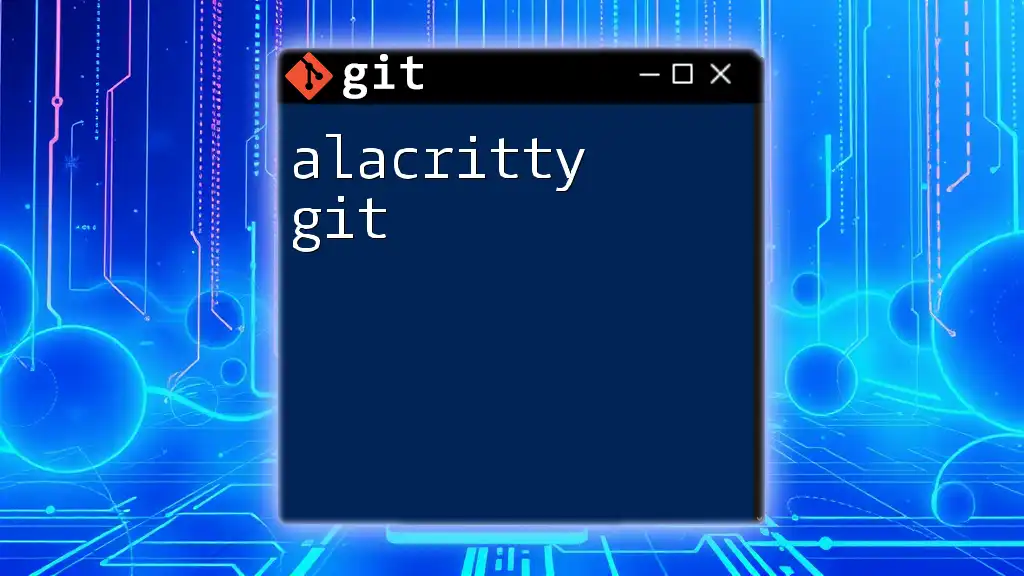
Structuring Your Playwright Project with Git
Creating a Project Structure
To effectively manage your Playwright tests and related files, adhering to a clear directory structure is beneficial. A recommended layout might look something like this:
/my-playwright-project
├─ /tests
├─ /pages
├─ playwright.config.js
└─ package.json
- /tests: This directory should contain all your test scripts.
- /pages: Here, you can store page models or components that define interactions.
- playwright.config.js: This configuration file allows you to customize your Playwright settings.
- package.json: This is where your project dependencies are listed.
Using Git for Project Management
Basic Git Commands
With your directory structure in place, it’s time to leverage Git for project management effectively. Familiarize yourself with these essential commands:
- `git add`: This command stages changes for the next commit.
- `git commit`: This command saves your changes to the repository along with a message.
For example, after creating your initial project structure and adding files, make your first commit using the commands:
git add .
git commit -m "Initial project setup with Playwright"
This captures your project setup in version control and provides a reference point for future development.
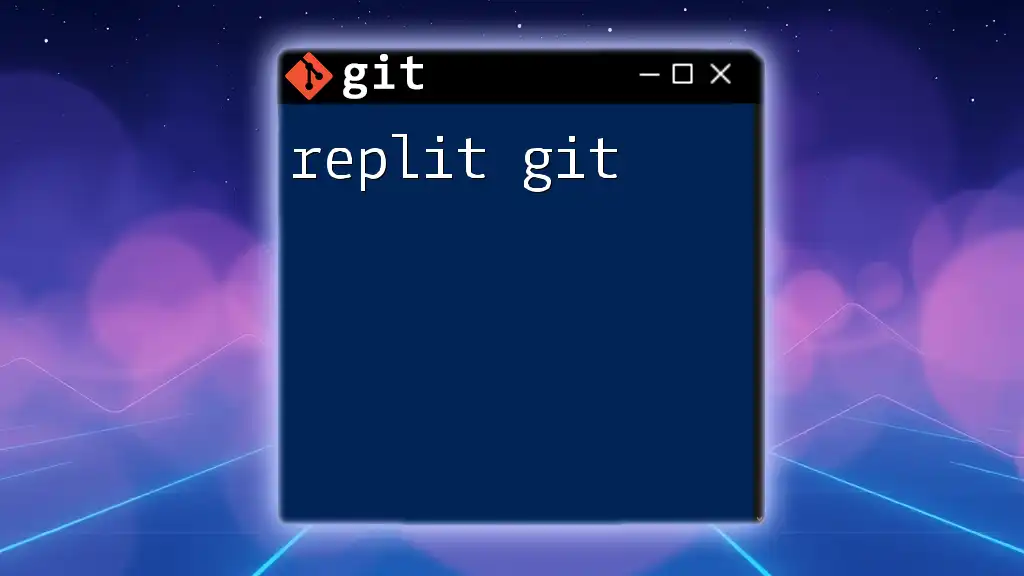
Working with Git Branches and Playwright
Understanding Branching in Git
Why Use Branches?
Branches in Git allow you to work on new features or fixes without interfering with the main codebase. This separation is particularly important in Playwright projects where you might be testing new features or debugging existing tests.
Creating and Managing Branches
Creating a New Branch for Feature Testing
To create a new branch specifically for writing Playwright tests, use:
git checkout -b feature/playwright-tests
This command creates a new branch named `feature/playwright-tests` and switches to it. From here, you can add and commit changes related to your Playwright tests.
Merging Branches After Testing
Once your feature tests are complete and you are satisfied with their performance, you can merge changes back into the main branch. Ensure you switch back to the main branch first:
git checkout main
Then, merge the feature branch:
git merge feature/playwright-tests
This combines the changes from your feature branch into the main project branch, keeping your testing and development workflow organized.
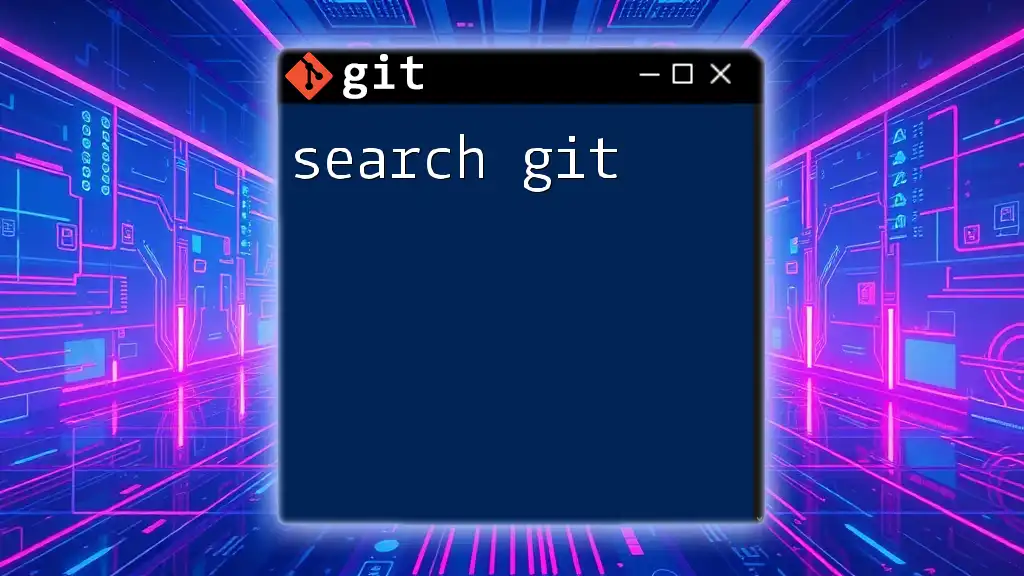
Collaborating with Team Using Git
Cloning a Repository
How to Clone a Playwright Repository
If you're working with a team or on a shared project, you may need to clone an existing Playwright repository. This can be done with:
git clone https://github.com/yourusername/your-repo.git
This command copies the repository to your local machine, allowing you to work on it directly.
Pull Requests and Code Reviews
Creating a Pull Request
After you have completed your changes in a feature branch, you can create a pull request (PR) in your Git hosting service (e.g., GitHub, GitLab). A PR is essential for team collaboration as it allows others to review your changes before they are merged into the main codebase.
When creating a pull request, ensure your description includes details about what you have implemented or fixed in the Playwright tests.
Conducting Code Reviews
During the code review process, reviewers should focus on several aspects:
- Code Quality: Ensure the tests are written cleanly and follow best practices.
- Test Coverage: Confirm that the tests cover various scenarios and edge cases.
- Functionality: Validate that the tests meet the intended functionality and align with project goals.
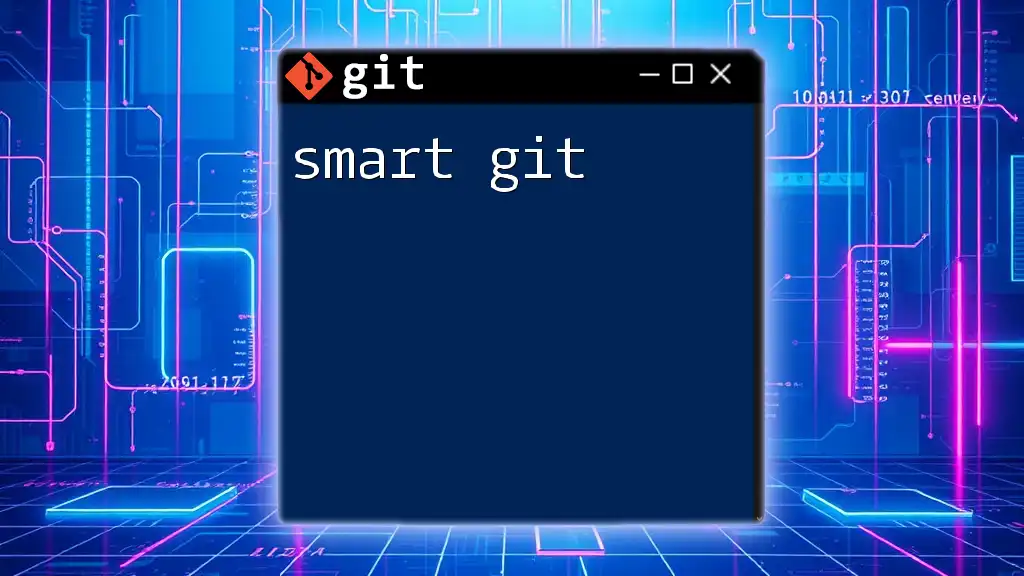
Version Control Best Practices in Playwright
Writing Meaningful Commits
Importance of Commit Messages
Every commit you make should have a clear and descriptive message. Good commit messages provide context for why changes were made, helping both you and your teammates understand the history of your project.
For example, instead of a vague message like “fixed bugs,” write something more descriptive like “fix: resolve timeout issue in Playwright tests.”
Tags and Releases
Creating Tags for Significant Changes
When you reach a milestone in your project, consider tagging the commit. Tags act as a marker for significant versions of your project, making it easier to reference later.
Create a tag with the command:
git tag -a v1.0 -m "Initial release with Playwright setup"
This command tags the current commit with the version number `v1.0`, allowing you to track the project's evolution over time.
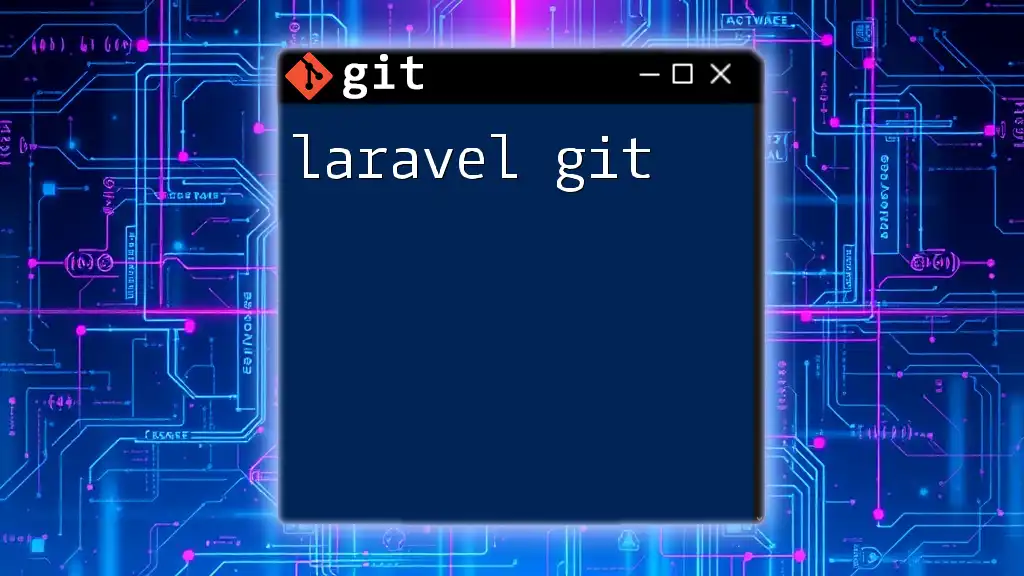
Troubleshooting Common Issues
Common Git Mistakes
Undoing Changes
It’s common to make mistakes while using Git. If you find yourself in a situation where you need to undo changes, you can use:
git reset --hard HEAD
This command resets your branch to the last commit, discarding all changes.
Handling Merge Conflicts
When merging branches, conflicts may arise if the same files were changed in different ways on each branch. To resolve conflicts, follow these steps:
- Open the conflicted files highlighted by Git.
- Manually edit the files to resolve the differences.
- Stage the resolved files with `git add`.
- Complete the merge with `git commit`.
Debugging Playwright Tests with Git
Using Git to Track Revisions
If a test starts failing, Git can help you pinpoint when the issue was introduced. Use the following command to check the history of changes affecting a specific test file:
git log path/to/test/file
This lets you see a history of commits related to that file, making it easier to identify the source of the problem.
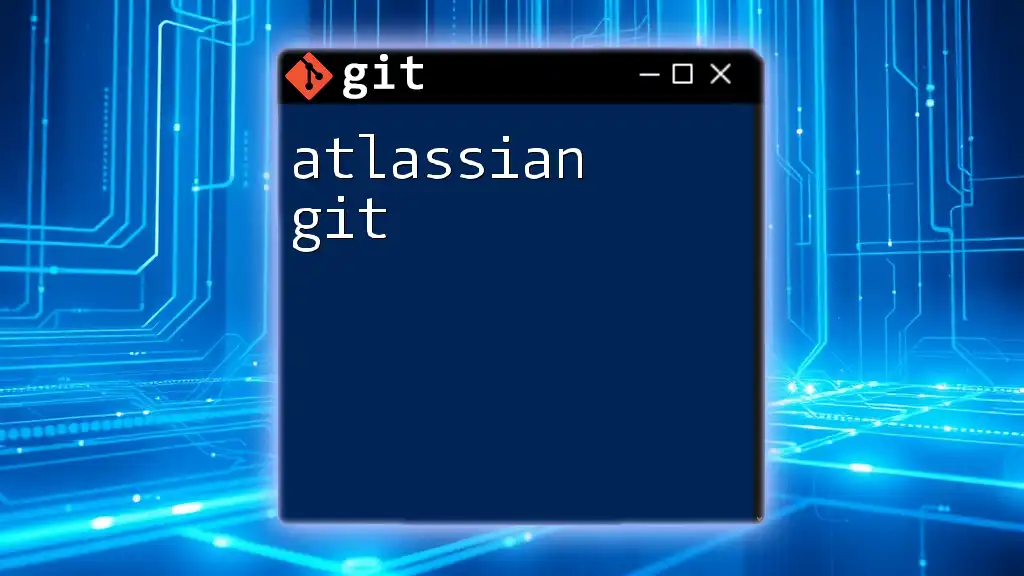
Conclusion
By integrating Playwright with Git, you unlock the ability to maintain rigorous and organized control over your testing workflow. This combination fosters better collaboration, enhances code quality, and simplifies project management.
For further learning, explore additional resources on Playwright capabilities and Git best practices. Engage with community forums, official documentation, or tutorials to deepen your understanding of these powerful tools.
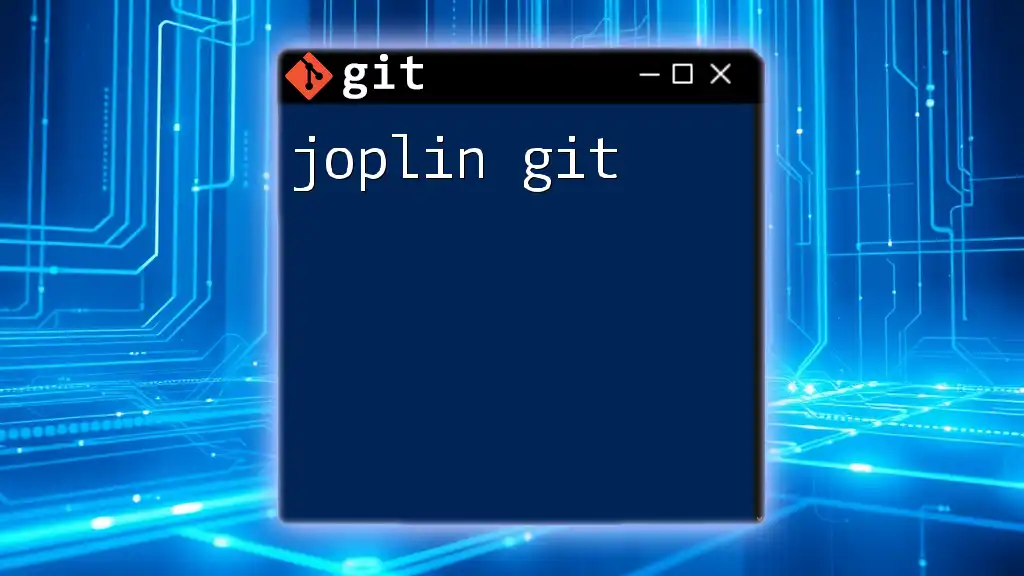
Call to Action
Start your Playwright journey with Git today! Experiment with creating tests and employing version control for your projects. Sign up for updates to stay informed on upcoming articles and tutorials that boost your development skills!

